Welcome to On Verticality. This blog explores the innate human need to escape the surface of the earth, and our struggles to do so throughout history. If you’re new here, a good place to start is the Theory of Verticality section or the Introduction to Verticality. If you want to receive updates on what’s new with the blog, you can use the Subscribe page to sign up. Thanks for visiting!
Click to filter posts by the three main subjects for the blog : Architecture, Flight and Mountains.
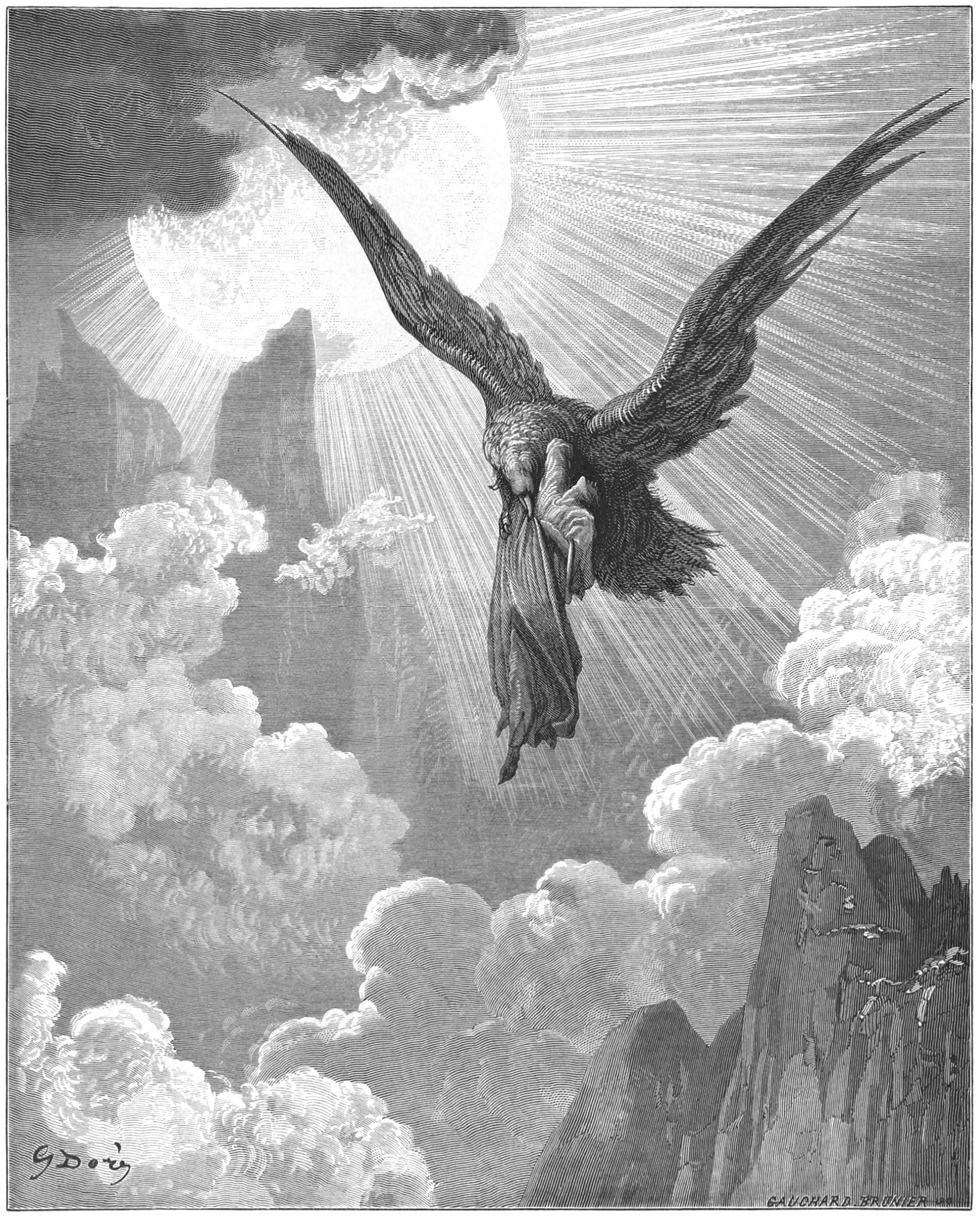
Dante and the Eagle
Pictured above is an illustration by Gustave Doré showing a scene from Dante’s Purgatorio. The scene takes place in Canto IX, as Dante is carried by an Eagle to the entry point of Purgatory. As I’ve previously written, the entire structure of Dante’s Divine Comedy is rooted in verticality, and this scene is just one example of this. Purgatory is a mountain which Dante must ascend in order to reach Paradise, or heaven.
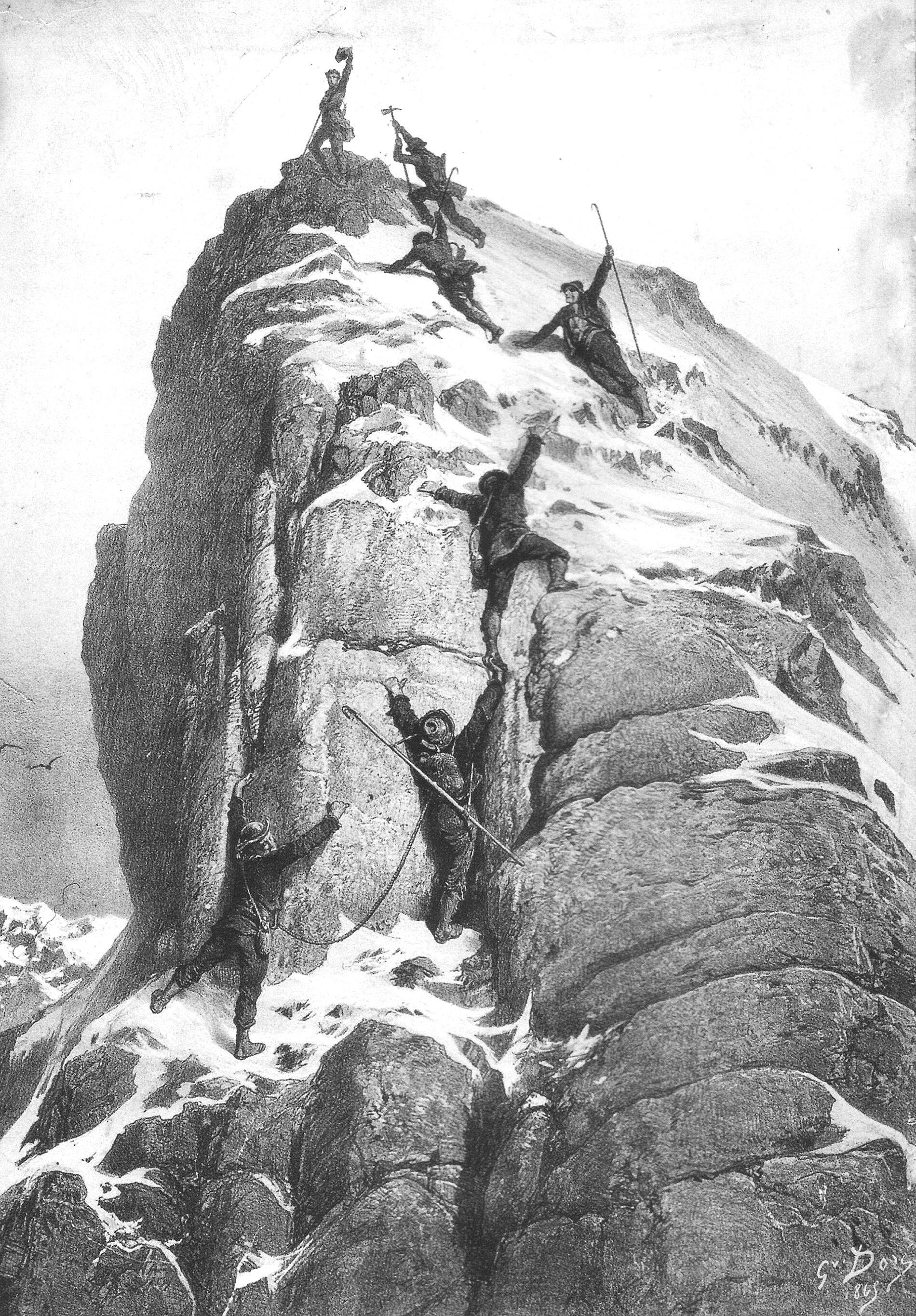
The First Ascent of the Matterhorn
There are few mountains in the world as instantly recognizable as the Matterhorn. Located in the Swiss Alps, this majestic pyramid of gneiss straddles the border between Switzerland and Italy and looms over the Swiss mountain town of Zermatt. Due to its location and visibility, it is legendary within the history of mountaineering . In the 1860’s it was the focus of an international competition to be the first to reach its summit. This story, which includes the first successful summit of the mountain, is a tale of triumph and tragedy, and it serves as a cautionary tale for mountaineers to this day.
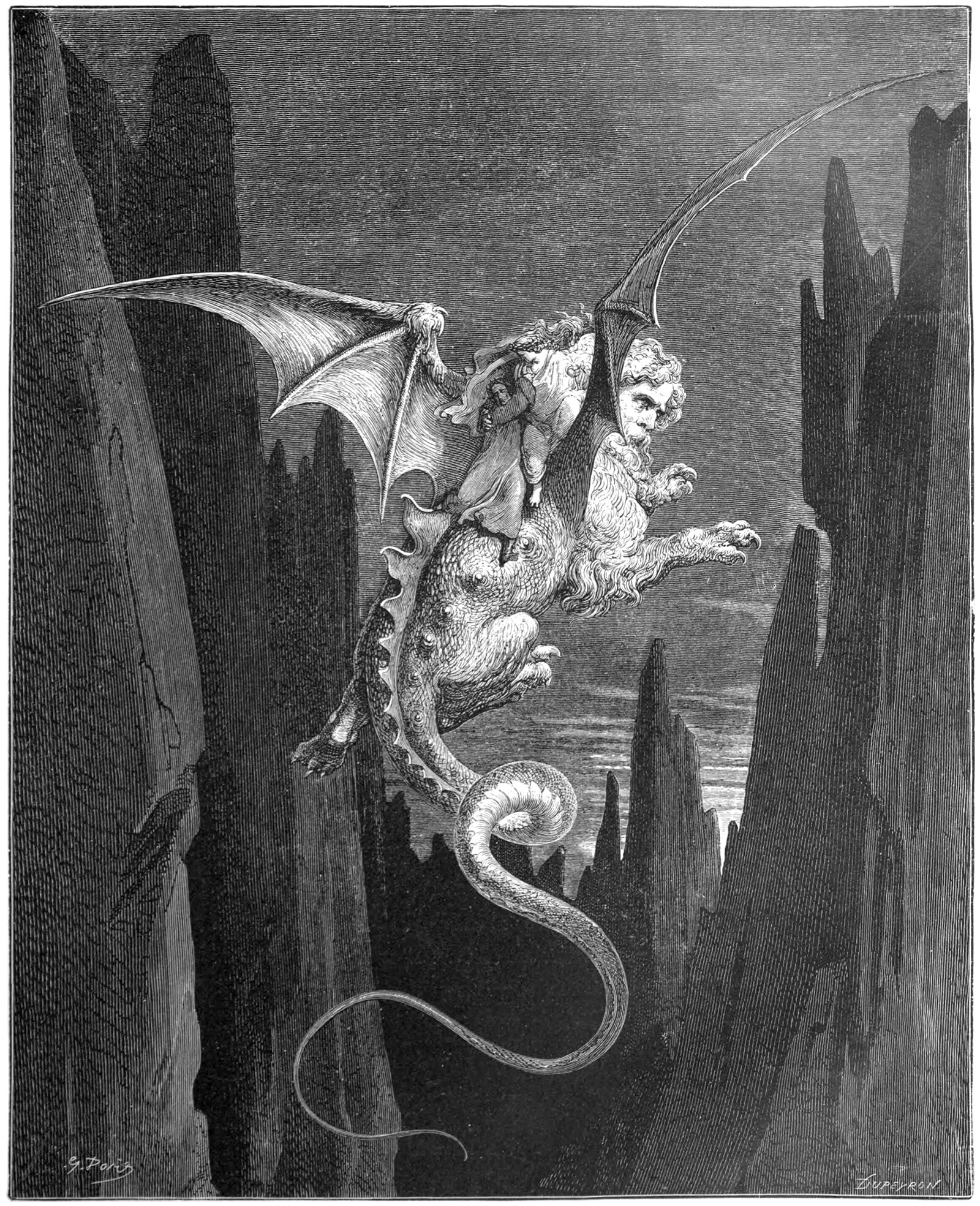
The Flight of Geryon
The above illustration by Gustave Doré shows a scene from Dante’s Divine Comedy. The epic poem follows Dante and Virgil as they pass through Inferno, Purgatorio and Paradiso, and it deals with the concepts of Heaven and Hell, as well as the Seven Deadly Sins. This scene is from Canto XXVII of Inferno, when Dante and Virgil mount the back of the great beast Geryon and fly down from the seventh to the eighth circle of hell.
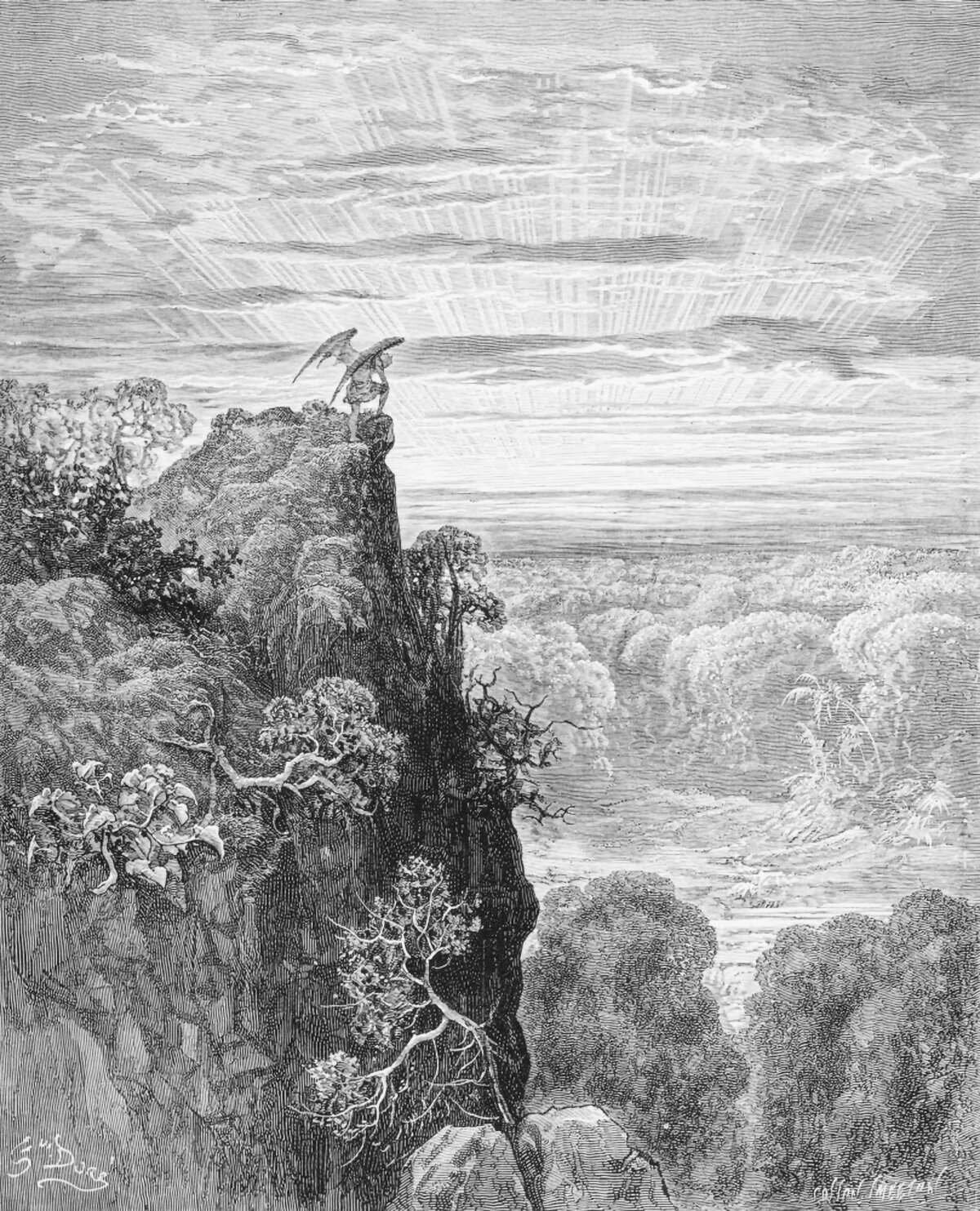
Satan Overlooking Paradise by Gustave Doré
This is an illustration by Gustave Doré for John Milton’s epic poem Paradise Lost. The poem deals with the biblical narrative of original sin, and the first half of the story focuses on Satan and his fall from heaven. In this part of the story, Satan is standing on a mountaintop, overlooking the earthly paradise and considering his plan to corrupt Adam and Eve. Milton is using verticality to enhance the drama of the moment, and by placing Satan in such a high place it allows him to examine his motivations more clearly.
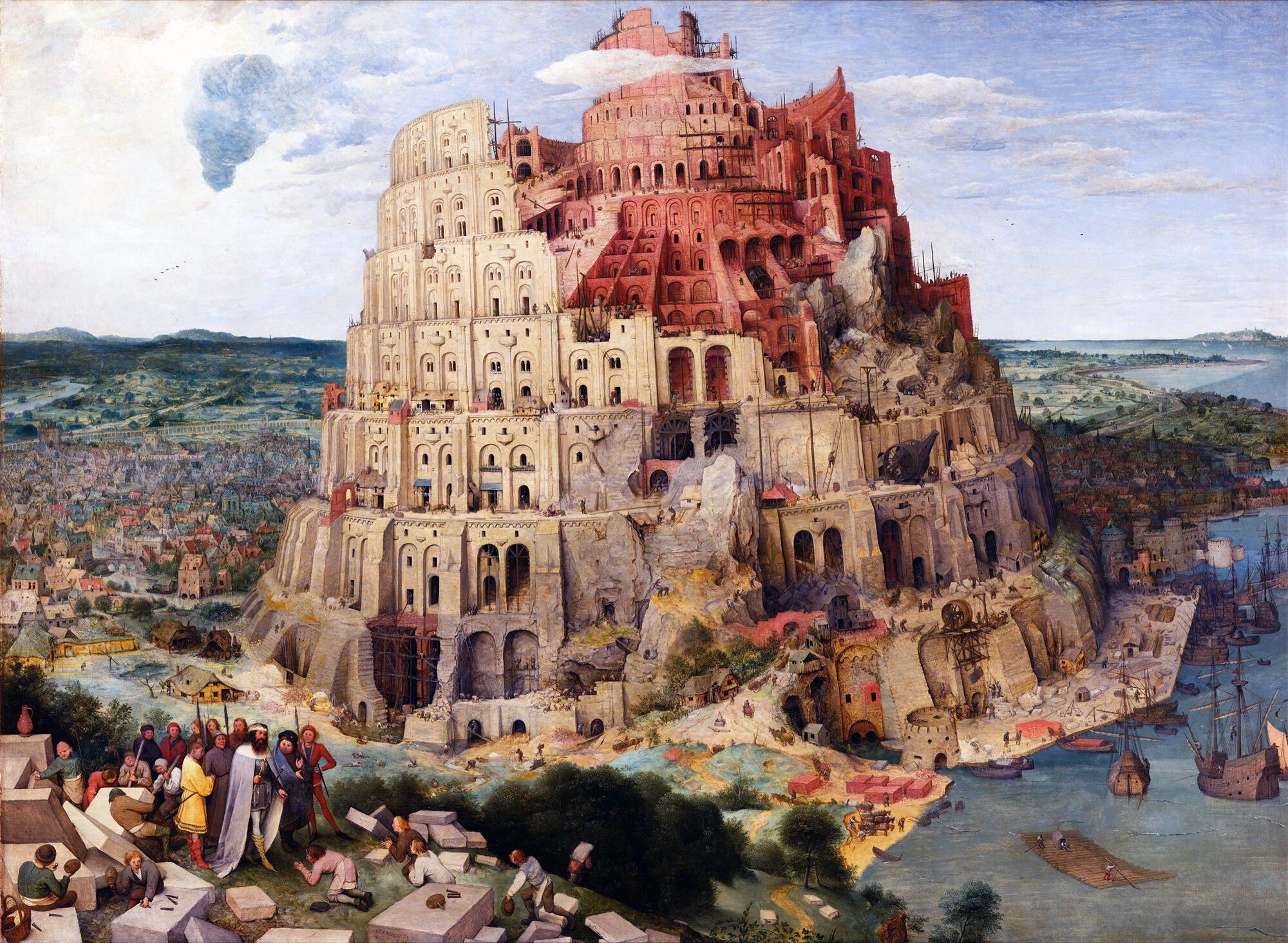
The Tower of Babel : A Parable of Verticality
The Tower of Babel is arguably the most storied myth about the human need for Verticality that has survived from antiquity. It’s a legendary tale of a clash between Ego and God, and it acts as a starting point for any worthwhile history of human towers or skyscrapers. Let’s take a look at why it’s been so influential, and why it encapsulates our struggles with Verticality.
